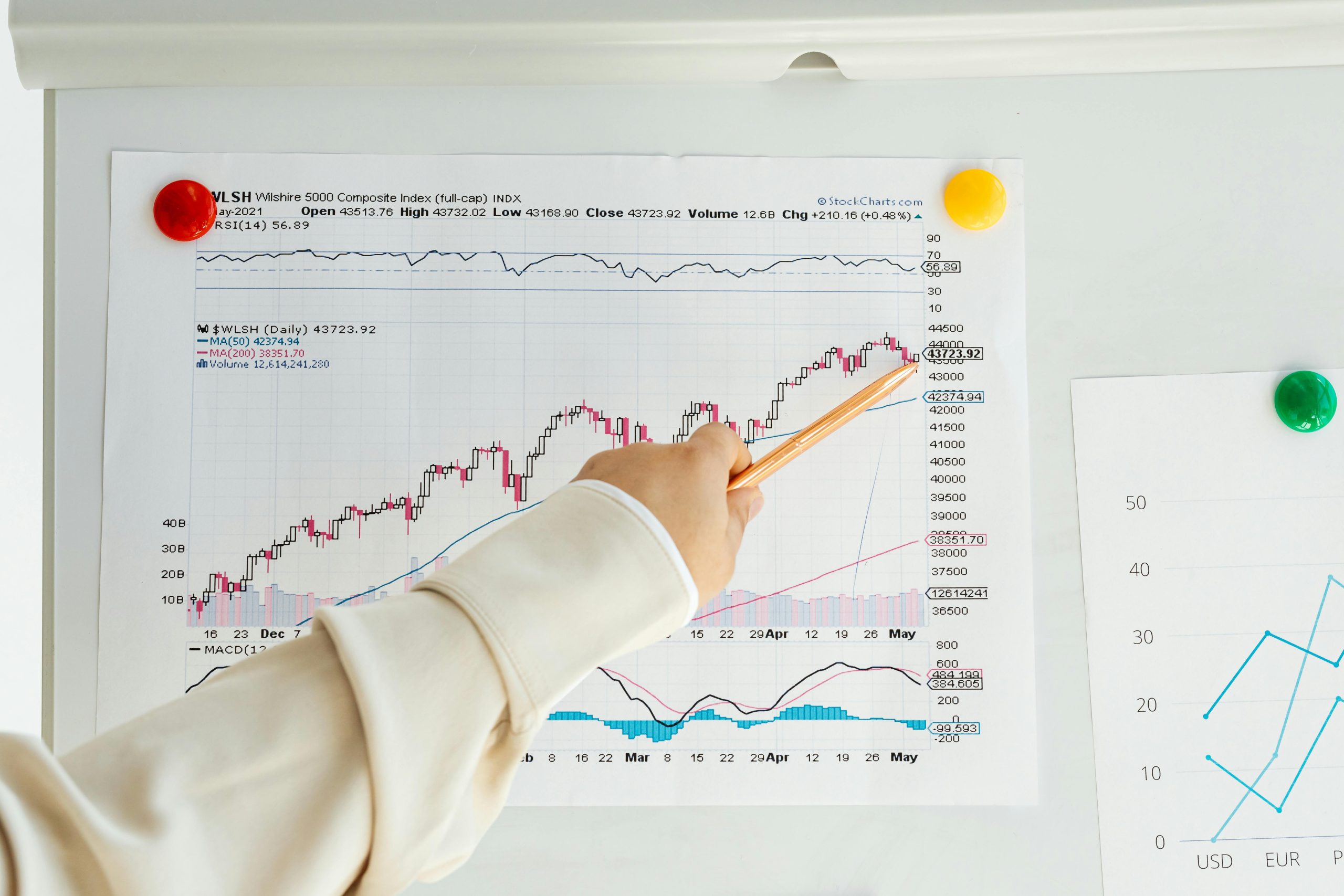The Producer Price Index (PPI) is a critical economic indicator that businesses and investors rely on to gauge inflation trends, pricing power, and overall economic health. Unlike the Consumer Price Index (CPI), which measures price changes from the consumer’s perspective, the PPI tracks the average selling prices received by domestic producers for their goods and services over time. Understanding the PPI can help businesses make informed pricing decisions, while investors use it to predict market movements and adjust their strategies accordingly. In this guide, we’ll break down what the PPI is, how it’s calculated, its significance, and how businesses and investors can leverage it.
What Is the Producer Price Index (PPI)?
The Producer Price Index is a family of indexes published by the Bureau of Labor Statistics (BLS) that measures the average change over time in the selling prices received by domestic producers for their output. It serves as an early indicator of inflationary pressures before they reach consumers. The PPI covers three main production areas:
- Industry-based PPI: Tracks price changes at the industry level, such as manufacturing, mining, and agriculture.
- Commodity-based PPI: Focuses on specific products or commodities, regardless of industry.
- Stage-of-processing PPI: Measures price changes based on the production phase (e.g., crude materials, intermediate goods, finished goods).
By analyzing these categories, businesses and investors can identify cost pressures in supply chains and anticipate shifts in consumer prices.
How Is the PPI Calculated?
The BLS calculates the PPI using a weighted average of price changes for a representative basket of goods and services. Here’s a simplified breakdown of the process:
- Data Collection: The BLS surveys thousands of producers monthly to gather price data across industries and commodities.
- Weight Assignment: Each item in the basket is assigned a weight based on its relative importance in the economy.
- Index Calculation: Price changes are aggregated and adjusted for seasonal variations to produce the final index.
The PPI is typically reported as a percentage change month-over-month or year-over-year, allowing for easy comparison over time.
Core PPI vs. Headline PPI
Like other inflation measures, the PPI has two main variants:
- Headline PPI: Includes all goods and services, including volatile items like food and energy.
- Core PPI: Excludes food and energy prices to provide a clearer view of underlying inflation trends.
Investors often focus on Core PPI to avoid short-term fluctuations caused by volatile sectors.
Why Is the PPI Important for Businesses and Investors?
The PPI offers valuable insights for both businesses and investors:
For Businesses
- Pricing Strategies: Rising PPI may signal higher input costs, prompting businesses to adjust their pricing models.
- Supply Chain Management: Tracking PPI trends helps businesses anticipate cost increases and negotiate better supplier contracts.
- Profit Margins: A widening gap between PPI and CPI could indicate squeezed margins, requiring operational adjustments.
For Investors
- Inflation Forecasting: Since PPI precedes CPI, it helps investors predict future inflation and adjust portfolios accordingly.
- Market Sentiment: Rising PPI may lead to expectations of tighter monetary policy, affecting bond yields and stock valuations.
- Sector Analysis: Investors can identify industries facing cost pressures or benefiting from pricing power.
How to Use PPI Data in Decision-Making
To effectively leverage PPI data, businesses and investors should:
- Monitor Trends: Track monthly PPI reports to identify long-term patterns rather than reacting to short-term fluctuations.
- Compare with Other Indicators: Cross-reference PPI with CPI, wage growth, and GDP for a comprehensive economic outlook.
- Adjust Strategies Proactively: Use PPI insights to refine pricing, sourcing, and investment strategies before market shifts occur.
For example, a business noticing a steady rise in PPI for raw materials might explore alternative suppliers or hedge against future price increases.
Limitations of the PPI
While the PPI is a powerful tool, it has limitations:
- Excludes Services: The PPI primarily focuses on goods, though recent updates include some service sectors.
- Lagging Indicator: It reflects past price changes and may not always predict future inflation accurately.
- Geographical Focus: The PPI measures domestic production, making it less useful for businesses heavily reliant on imports.
Understanding these limitations ensures a balanced interpretation of PPI data.
Conclusion
The Producer Price Index is an indispensable tool for businesses and investors seeking to navigate inflationary trends and make data-driven decisions. By understanding how the PPI is calculated, its significance, and how to apply its insights, stakeholders can stay ahead of economic shifts. While it’s not without limitations, combining PPI analysis with other indicators provides a clearer picture of the economic landscape. Whether you’re setting prices, managing supply chains, or adjusting investment portfolios, the PPI offers actionable intelligence to drive success.
